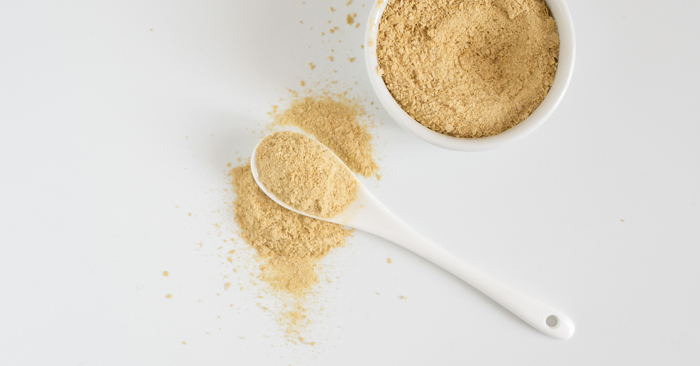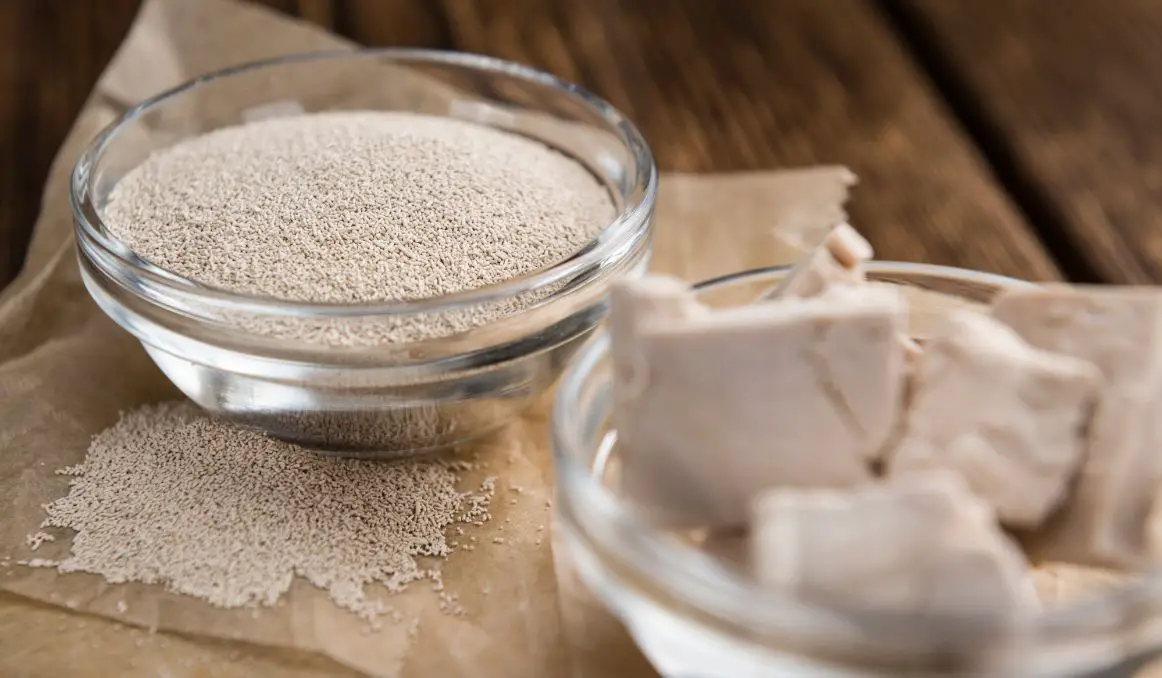Yeast is an interesting species that is necessary for many biological functions, including baking and brewing, as well as fermentation. The dough rises in baking because it includes yeast, which in brewing converts carbohydrates into carbon dioxide and alcohol.
Nonetheless, yeast, like any other living thing, has limitations, and temperature is a crucial factor that may impact its survival and effectiveness. In this article, we’ll look at the temperature that kills yeast and see how high temperatures may kill this crucial organism.
Table of Contents
ToggleThe Optimal Temperature Range for Yeast
To complete its metabolic activities properly, yeast requires a restricted temperature window. Most yeast strains, including Saccharomyces cerevisiae, prefer a temperature range of 25°C to 35°C (77°F to 95°F) for growth and fermentation. At these temperatures, yeast is most active, which causes the consumption of carbohydrates and also generates alcoholic beverages and CO.
How Yeast Reacts to Temperature Changes?

The metabolism of yeast is extremely sensitive to temperature variations. When the temperature rises within the optimal range, the metabolic rate of yeast increases, resulting in faster fermentation and synthesis of the needed by-products. When temperatures are too low, yeast activity declines, and fermentation rates fall.
Yeast Dormancy at Low Temperatures
When yeast is held at temperatures below its optimal range, it enters a dormant state. As a result, rather than dying immediately, the yeast becomes dormant. Although yeast cells can tolerate lower temperatures, their metabolic rate decreases considerably. If the conditions are correct, dormant yeast can be resurrected and reactivated.
Using Heat to Kill Yeast
Alternatively, yeast cannot handle temperatures beyond 40°C. At 35°C (95°F), yeast activity rises, but yeast cells can only withstand so much heat before dying. When the temperature rises to around 50°C to 60°C (122°F to 140°F), yeast cells begin to die. At these temperatures, yeast cells die because their proteins become denatured and useless.
At temperatures exceeding 60°C (140°F), most common yeast strains used in baking and brewing are destroyed. Extreme heat permanently kills yeast, preventing it from fermenting and creating valuable byproducts.
Yeasts Having a Different Genome
It’s worth noting that some yeast strains have been developed for industrial applications that need higher temperatures or performance in harsh environments, such as ethanol manufacture or biotechnology. These modified yeast strains have characteristics that allow them to thrive in conditions that would ordinarily kill off conventional yeast.
Stages involving Yeast Preparation!
The yeast fermentation, gluten structure, and proofing process are fascinating and necessary components of baking, particularly in the context of bread-making. I’m looking forward to delving into the specifics of each of these processes!
Process of Fermentation
Fermentation is an extraordinary biological process carried out in the presence of carbohydrates by yeast, specifically the wonderful species Saccharomyces cerevisiae. During fermentation, yeast gladly consumes carbohydrates such as glucose and fructose, converting them into delicious carbon dioxide (CO2) and ethanol (alcohol).
The fermentation process is vital in bread-making for the delicious rise of the dough! As yeast enthusiastically consumes the sugars in the dough, it releases carbon dioxide gas, which tenderly gets caught in the gluten structure (made by the proteins in the wheat) and causes the dough to rise. This gives the airy and light feel that we associate with well-risen bread.
Gluten Structure
Glutenin and gliadin are the key proteins responsible for gluten production, and they contribute to the delightful texture and flavor of many baked items! When water is added to flour and combined, these proteins combine to form gluten, which is incredible!
It is great because it provides dough with incredible flexibility and strength, allowing it to precisely capture the carbon dioxide created during fermentation! As the yeast ferments the carbohydrates and emits carbon dioxide, the gas gleefully becomes caught inside the gluten structure, enabling the dough to expand and rise wonderfully.
The development of Glutenin is critical for achieving the ideal bread structure. Proper gluten production guarantees that the dough can successfully trap the gas created during fermentation, resulting in a deliciously textured, light, and fulfilling loaf of bread.
Proofing Stage in Yeast Preparation
Proofing is the exciting final step before baking the bread! During proofing, the dough is allowed to rest and rise for a certain amount of time, allowing the yeast to continue its fantastic fermentation activity. This step is critical to ensuring that the dough rises properly before being placed in the oven.
To correctly proof yeast, the dough is gently molded into the desired shape, such as a lovely loaf or delectable rolls, and put in a warm and friendly atmosphere where it may grow. The warm temperature stimulates yeast activity, which leads to increased carbon dioxide generation and dough expansion. The humidity offers ideal circumstances for the dough to rise easily and evenly, resulting in a great result.
The proofing period is adjustable depending on the recipe, the ambient temperature, and the amount of fermentation required. Properly proofing your dough will result in a light, well-risen loaf that will be tasty.
The yeast process, which includes fermentation, gluten construction, and proofing, is a magnificent symphony that forms the solid basis of bread-making. When yeast ferments glucose, it gleefully emits carbon dioxide, which lovingly traps in the gluten structure, enabling the dough to rise magnificently.
Gluten development is critical because it gives the dough the required firmness and flexibility to contain the gas and make a beautifully constructed loaf. Properly proofing the dough ensures that the yeast continues to work its magic, resulting in a beautifully risen and delicious finished product! Understanding and mastering these stages will help you create the ideal loaf of bread with the desired texture and flavor.
Summary
Yeast is an amazing microbe that requires a precise temperature range to function properly. Although yeast may go dormant in order to survive temperatures below its optimal range, it can withstand excessive heat and continue to develop. Temperatures above 60°C (140°F) might be difficult for most typical yeast strains, but they allow for the exploration of alternate fermentation processes and the discovery of novel methods to adapt and survive.

I am a passionate beer connoisseur with a deep appreciation for the art and science of brewing. With years of experience tasting and evaluating various beers, I love to share my opinions and insights with others and I am always eager to engage in lively discussions about my favorite beverage.
















